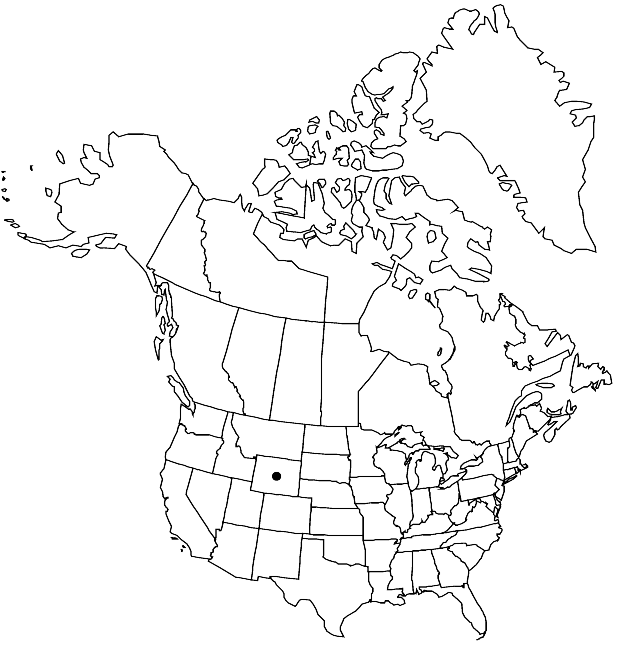Difference between revisions of "Boechera languida"
Harvard Pap. Bot. 12: 244. 2007.
imported>Volume Importer |
imported>Volume Importer |
||
| Line 56: | Line 56: | ||
|publication year=2007 | |publication year=2007 | ||
|special status= | |special status= | ||
| − | |source xml=https:// | + | |source xml=https://bitbucket.org/aafc-mbb/fna-data-curation/src/2e0870ddd59836b60bcf96646a41e87ea5a5943a/coarse_grained_fna_xml/V7/V7_546.xml |
|tribe=Brassicaceae tribe Boechereae | |tribe=Brassicaceae tribe Boechereae | ||
|genus=Boechera | |genus=Boechera | ||
Latest revision as of 22:34, 5 November 2020
Perennials; short- to long-lived; apomictic; caudex usually not, or, rarely, woody. Stems usually 2–5 per caudex branch, arising from margin of rosette near ground surface, or arising laterally proximal to sterile shoots, 1–3 dm, pubescent proximally, trichomes simple, to 1 mm, mixed with short-stalked, 2-rayed ones, 0.15–0.5 mm, glabrous or sparsely pubescent distally. Basal leaves: blade linear-oblanceolate to oblanceolate, 1–5(–9) mm wide, margins entire, ciliate, trichomes (simple), to 1 mm, surfaces densely pubescent, trichomes simple and 2–4-rayed, 0.15–0.5 mm. Cauline leaves: 3–7, not concealing stem; blade auricles 0.5–1.5 mm, surfaces of distalmost leaves sparsely pubescent or glabrous. Racemes 10–20-flowered, usually unbranched. Fruiting pedicels horizontal, slightly to strongly recurved near apex, 3–13 mm, glabrous or, rarely, with simple trichomes. Flowers divaricate-ascending at anthesis; sepals pubescent; petals white to pale lavender, 4–6 × 1.5–2 mm, glabrous; pollen spheroid. Fruits pendent, not appressed to rachis, not secund, straight to slightly curved, edges parallel, 3–4.5 cm × 1.8–2 mm; valves glabrous; ovules 42–70 per ovary; style 0.1–0.3 mm. Seeds sub-biseriate, 1.2–1.5 × 0.8–1 mm; wing absent or distal, 0.05–0.12 mm wide.
Phenology: Flowering May–Jun.
Habitat: Rocky slopes in sagebrush and pinyon-juniper communities
Elevation: 1800-2300 m
Discussion
Boechera languida is an apomictic hybrid that is often subsumed under Arabis demissa (= B. oxylobula). Morphological evidence suggests a closer relationship to B. spatifolia, which probably is one of its parents (see M. D. Windham and I. A. Al-Shehbaz 2007b for detailed comparison).
Selected References
None.
